Advertisements
Advertisements
Question
The figure shows the field lines on a positive charge. Is the work done by the field in moving a small positive charge from Q to P positive or negative? Give reason.
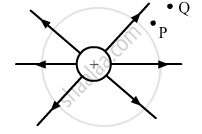
Solution
Work done = q.(potential at Q − potential at P), where q is the small positive charge
The electric potential at a point distant r due to the field created by a positive charge Q is given by
\[V = \frac{1}{4 \pi\epsilon_0}\frac{q}{r}\]
\[ \because r_P < r_Q \]
\[ \Rightarrow V_P > V_Q\]
APPEARS IN
RELATED QUESTIONS
Why do the electrostatic field lines not form closed loops?
Why do the electric field lines never cross each other?
- An electrostatic field line is a continuous curve. That is, a field line cannot have sudden breaks. Why not?
- Explain why two field lines never cross each other at any point?
Which among the curves shown in the fig. cannot possibly represent electrostatic field lines?
(a)

(b)

(c)
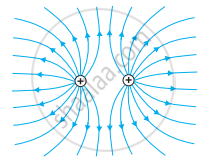
(d)
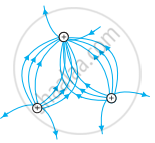
(e)
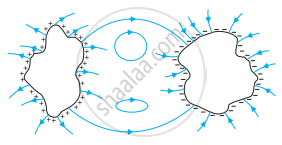
Two bar magnets are quickly moved towards a metallic loop connected across a capacitor ‘C’ as shown in the figure. Predict the polarity of the capacitor.

Answer the following question.
Draw the pattern of electric field lines when a point charge +q is kept near an uncharged conducting plate.
A point positive charge is brought near an isolated conducting sphere (figure). The electric field is best given by ______.
If Ea be the electric field strength of a short dipole at a point on its axial line and Ee that on the equatorial line at the same distance, then:
Figure shows the electric field lines around three point charges A, B and C.
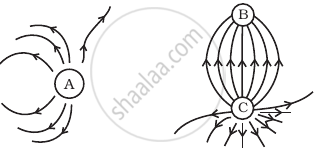
- Which charges are positive?
- Which charge has the largest magnitude? Why?
- In which region or regions of the picture could the electric field be zero? Justify your answer.
(i) near A, (ii) near B, (iii) near C, (iv) nowhere.
The magnitude of the electric field due to a point charge object at a distance of 4.0 m is 9 N/C. From the same charged object the electric field of magnitude, 16 N/C will be at a distance of ______.
